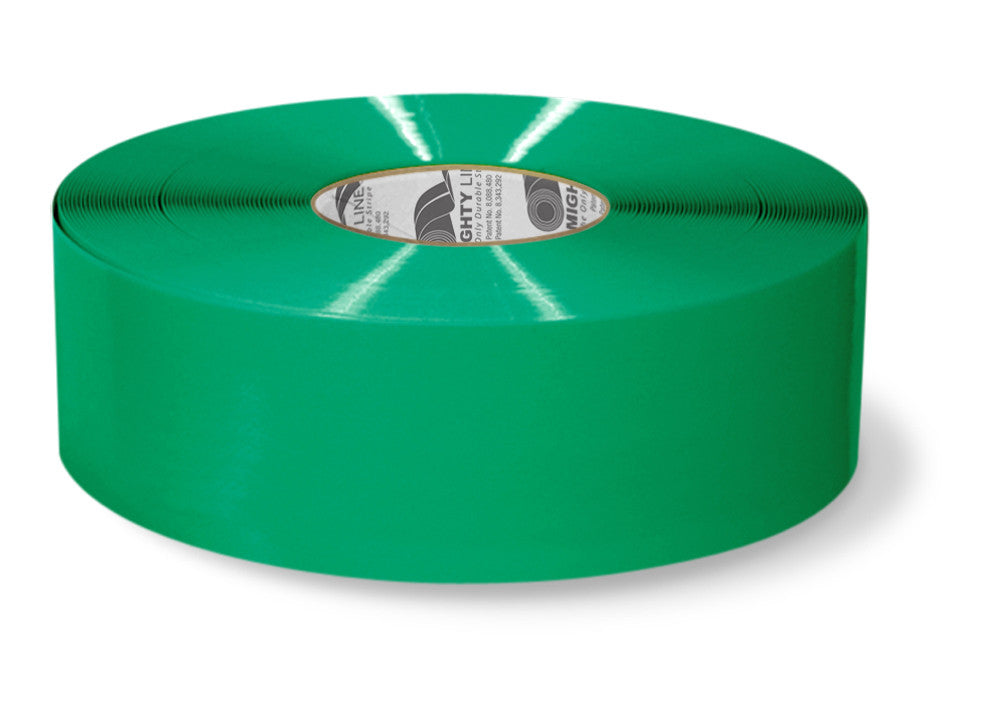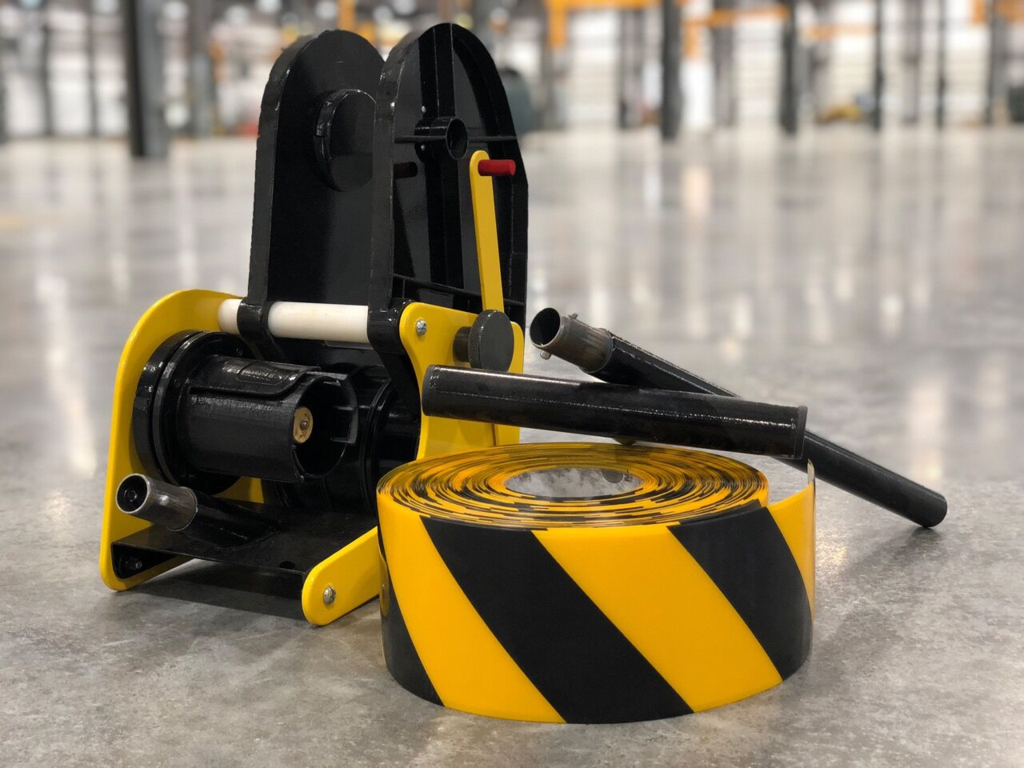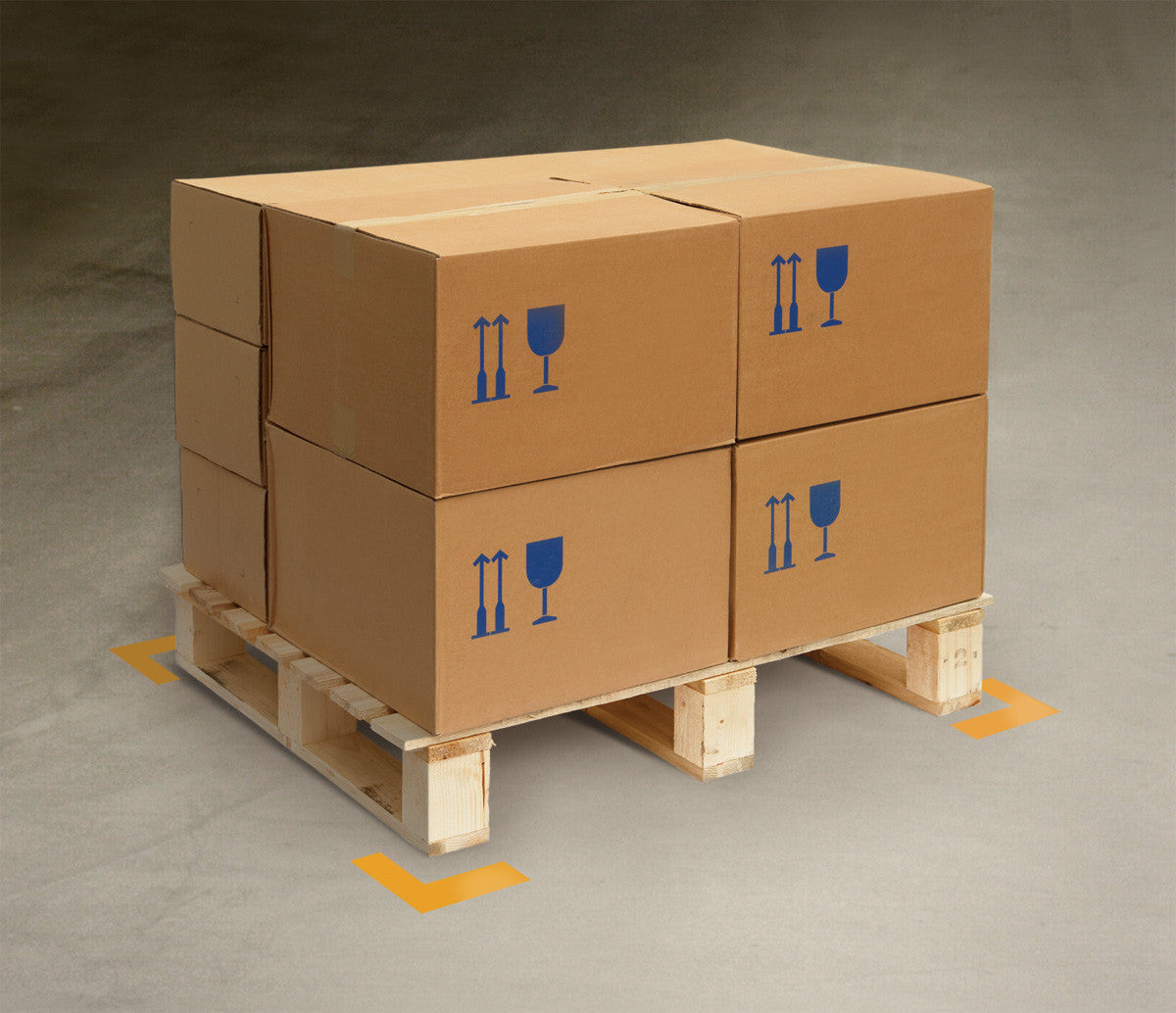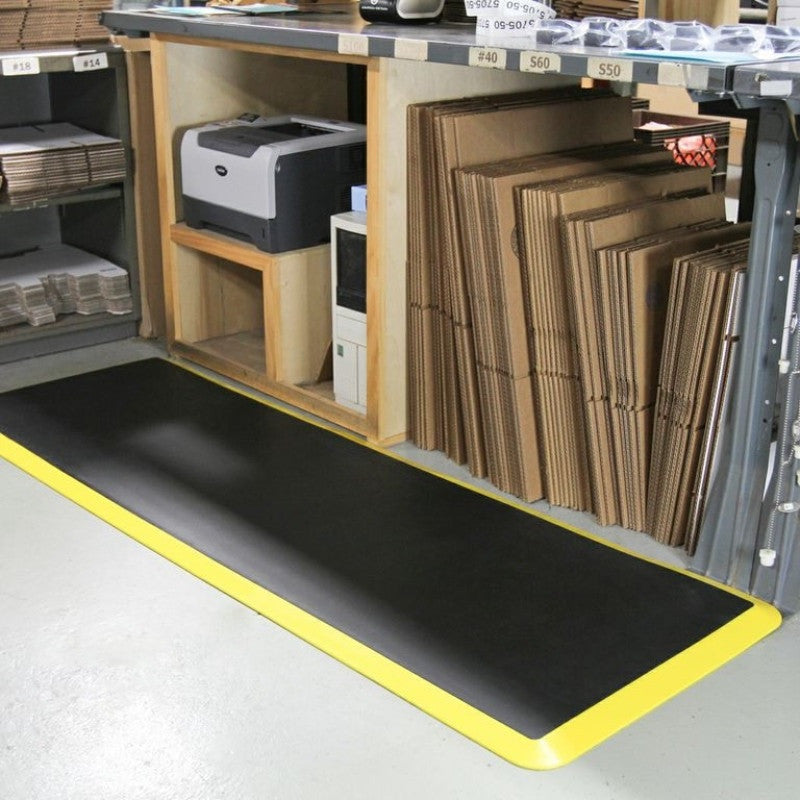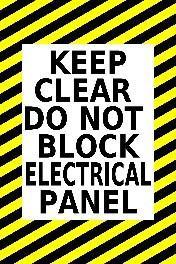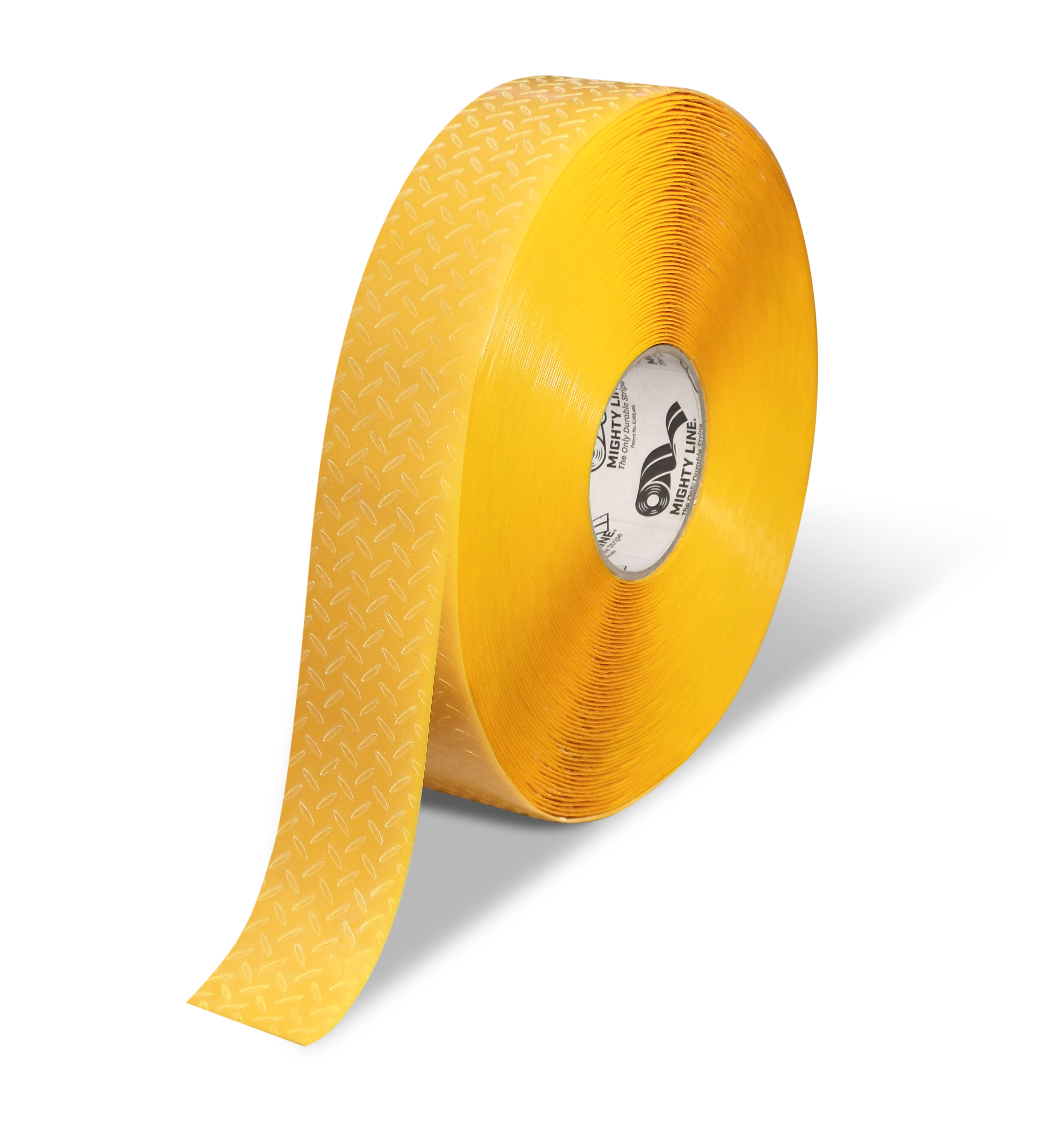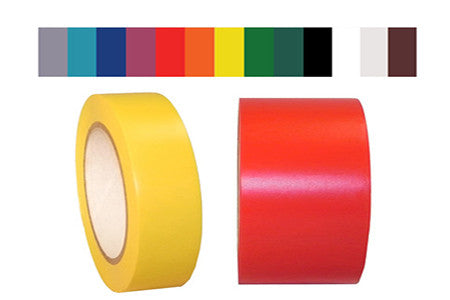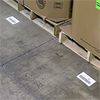Try as we might, it is impossible to prevent all mistakes from happening. Whether it is human error or a mechanical error, there will always be a possibility of a mistake -- and that mistake will occur at least once.
It is flawed logic to try to strive for absolute perfection. Not only is this an impossible goal to reach, but there is no chance to improve if there are no mistakes being made. No one likes failure, but everyone must accept the reality that failure is an inevitability.
Instead, you should focus your energy on learning how to fail quickly and successfully, so you will reap the reward of the lesson you learned from your mistake. The recovery will be easier, and you will have more confidence for your resilience and ability to improve. This philosophy can be used in your personal life as well as in any circumstance in the workplace.
Step 1 - Take action. You can’t let the fear of failure keep you from taking chances. While it is important to maintain safety measures, of course, being Lean means to be striving for continuous improvement. Staying stagnant won’t help you achieve this effort. Whether you succeed or fail, you must first take action.
Step 2 - Keep going. Oftentimes, you are on the cusp of success when a failure stops you in your tracks, leaving your failure to the wayside. The most successful people are not afraid to fail because they know that the bigger picture means that there will be a positive outcome in the end. Step 3 - It happens to everyone. Don’t let failure get you down! Everyone is human. Everyone fails. It took Thomas Edison 1,000 failed attempts before he successfully invented a working lightbulb. A reporter once asked him how it felt to fail 1,000 times. Edison replied, “I didn’t fail 1,000 times. The light bulb was an invention with 1,000 steps.”
Step 3 - It happens to everyone. Don’t let failure get you down! Everyone is human. Everyone fails. It took Thomas Edison 1,000 failed attempts before he successfully invented a working lightbulb. A reporter once asked him how it felt to fail 1,000 times. Edison replied, “I didn’t fail 1,000 times. The light bulb was an invention with 1,000 steps.”
Step 4 - Try a new perspective. If you keep getting the same results, you need to take a new approach. Whether that means having a fresh pair of eyes look at the problem by asking a trusted colleague to help, or turning the problem on its head and applying a totally new solution, all you need to do is try new things.
Step 5 - Use the experience as a lesson. This is where you’re really getting Lean. From here, you know what not to do and how to fix the problem. This means that this particular mistake shouldn’t be repeated -- or at the very least, that you won’t have to go through this lengthy troubleshooting process to solve the problem.
How are you and your team applying this methodology and problem solving process to make your workspace more Lean?
Other posts you may find interesting:
July is Eye Injury Prevention Month: Make Your Warehouse More Eye-Aware
How to Use Marking Tape to Make Your Warehouse More Lean
10 Ways You Can Empower Your Team Today
Using PDCA Problem Solving to Stay Lean



